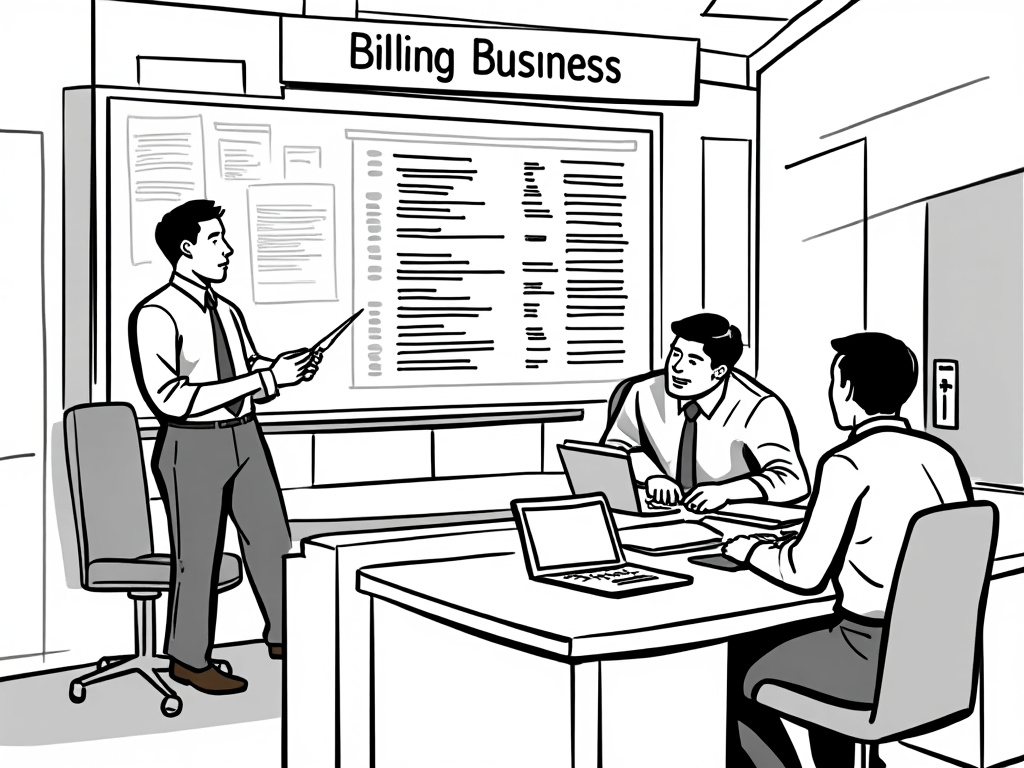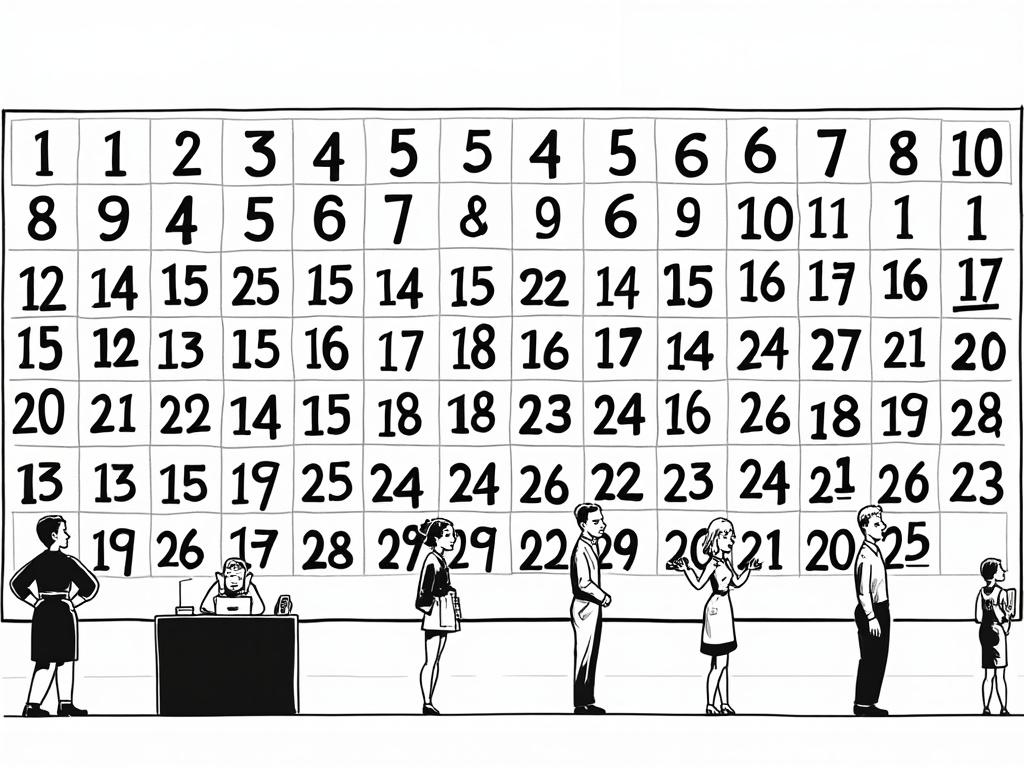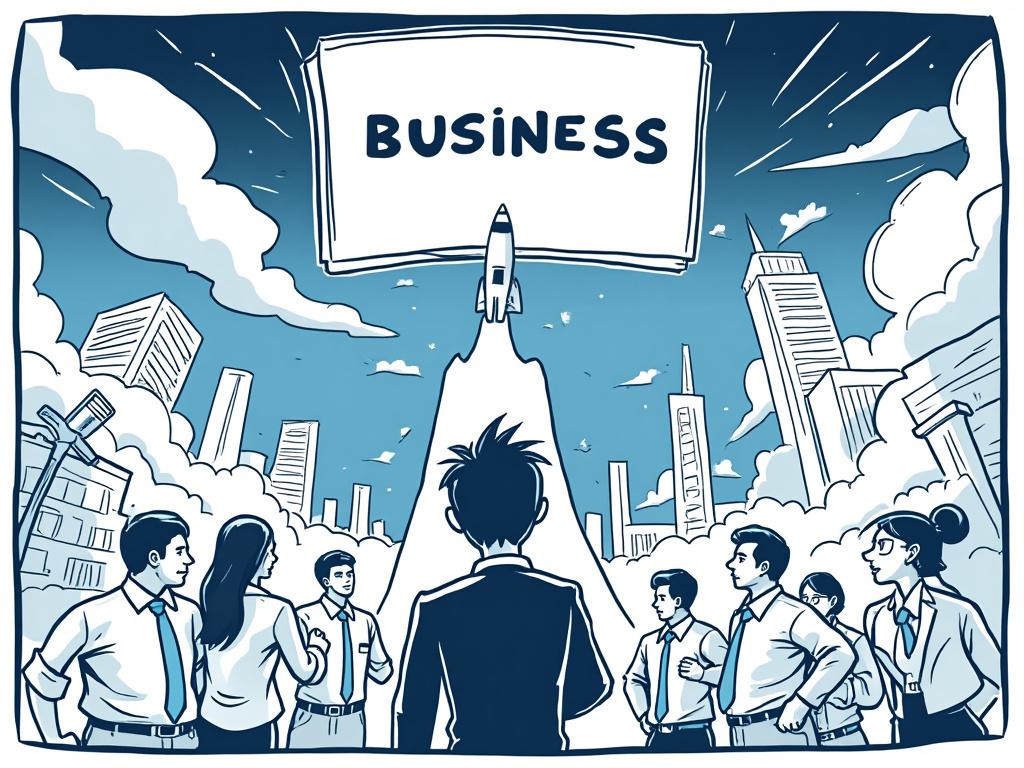
Understanding Your UAE Water Bill: A Complete Guide to Costs, Conservation, and Calculations
Reading time: 12 minutes
Table of Contents
- Introduction to UAE Water Billing
- Breaking Down Your Water Bill Components
- UAE Water Tariff Structure and Calculation Methods
- Regional Variations Across Emirates
- Water Conservation Strategies for Lower Bills
- Bill Analysis: Comparing Household Consumption Patterns
- Troubleshooting High Water Bills
- Future of Water Billing in the UAE
- Frequently Asked Questions
Introduction to UAE Water Billing
Living in one of the world’s most water-scarce regions, UAE residents face a unique relationship with their water supply. That monthly water bill isn’t just a payment notice—it’s a reflection of both personal consumption habits and national sustainability priorities.
The UAE’s approach to water billing evolved dramatically from heavily subsidized rates before 2015 to a more consumption-conscious system today. Why? Because despite being surrounded by sea, the UAE has among the highest per-capita water consumption rates globally while having minimal renewable freshwater resources.
When the typical UAE resident opens their water bill, they’re looking at the end result of an extensive desalination process that consumes significant energy and resources. This reality shapes everything about how water is priced, distributed, and billed throughout the Emirates.
Let’s set the stage with some context: The average UAE resident consumes approximately 550 liters of water daily—more than double the global average. Meanwhile, the country relies on desalination for over 42% of its total water supply, a process costing roughly 3.5 times what most Western nations pay for conventional water treatment.
As Sheikh Mohammed bin Rashid Al Maktoum once noted: “Water is more important than oil for the UAE.” This perspective fundamentally shapes the billing approach we’ll dissect in this guide.
Breaking Down Your Water Bill Components
Your UAE water bill contains several key components, each reflecting different aspects of your water usage and service costs. Understanding these elements helps you make sense of what you’re actually paying for.
Fixed vs. Variable Charges
Every water bill in the UAE includes both fixed and variable components:
- Connection Fee: A standard monthly charge regardless of consumption, covering infrastructure maintenance and service availability.
- Consumption Charges: The variable portion based on actual water used, measured in gallons or cubic meters.
- Sewage Charges: Typically calculated as a percentage of your water consumption (usually 50-100% depending on your emirate).
- Fuel Surcharge: A fluctuating fee reflecting the energy costs of water production and distribution.
Ahmed, a Dubai resident, shares his experience: “When I first moved here from Europe, I was shocked by my first water bill. I didn’t realize the sewage charge was calculated separately, and the consumption tiers punish higher usage much more severely than I was used to.”
Reading Your Meter and Billing Cycles
UAE water authorities typically operate on monthly billing cycles, though some areas still receive quarterly bills. Your meter reading is crucial for accurate billing:
- Digital meters now predominate in newer developments, providing real-time consumption data
- Traditional analog meters require manual readings, often displayed in cubic meters (1 cubic meter = 1,000 liters)
- Reading from right to left, the black digits typically represent whole units while red digits represent decimal points
Pro Tip: Take a photo of your meter on billing day each month. This provides valuable documentation if you ever need to dispute a bill and helps you track your consumption patterns more accurately.
UAE Water Tariff Structure and Calculation Methods
The UAE employs a tiered tariff system designed to encourage conservation by charging progressively higher rates as consumption increases. This approach fundamentally transformed in 2015-2017 with significant subsidy reductions across all emirates.
Tiered Pricing System
The current structure typically divides consumers into two main categories:
- UAE Nationals: Receive higher subsidies and more generous consumption allowances
- Expatriates: Pay rates closer to the actual production cost of water
Within these categories, consumption tiers create a progressive pricing model. For example, in Dubai:
| Consumer Type | Consumption Tier | Water Rate (AED/gal) | Equivalent in AED/m³ | Subsidy Level |
|---|---|---|---|---|
| UAE Nationals | 0-6,000 gallons | 3.5 | ~15.9 | ~70% |
| 6,001-10,000 gallons | 4.0 | ~18.2 | ~60% | |
| Above 10,000 gallons | 4.6 | ~20.9 | ~50% | |
| Expatriates | 0-3,000 gallons | 7.5 | ~34.1 | ~25% |
| 3,001-6,000 gallons | 9.0 | ~40.9 | ~10% | |
| Above 6,000 gallons | 10.5 | ~47.7 | ~5% |
Dr. Mohammed Al Hassan, Water Resource Management Specialist at Masdar Institute, explains: “The tiered system isn’t merely about revenue generation—it’s a conservation tool. By creating financial disincentives for excessive consumption, the authorities are using economic signals to promote sustainability in a region where water scarcity is an existential challenge.”
Calculation Example
Let’s walk through a practical calculation for an expatriate household in Dubai consuming 5,000 gallons in a month:
- First 3,000 gallons: 3,000 × 7.5 fils = 22,500 fils (225 AED)
- Remaining 2,000 gallons: 2,000 × 9.0 fils = 18,000 fils (180 AED)
- Subtotal: 405 AED
- Sewage charge (80% of water consumption): 324 AED
- Fixed connection fee: 40 AED
- Fuel surcharge (varies): ~20 AED
- Total approximate bill: 789 AED
This example illustrates how quickly costs escalate in the higher consumption tiers, making conservation financially advantageous.
Regional Variations Across Emirates
While the general structure of water billing remains consistent throughout the UAE, significant variations exist between emirates in terms of rates, subsidies, and administration.
Abu Dhabi vs. Dubai vs. Northern Emirates
Each emirate manages water through different authorities with varying approaches:
- Abu Dhabi: Managed by ADDC (Abu Dhabi Distribution Company), typically offering the most substantial subsidies for nationals
- Dubai: Administered by DEWA (Dubai Electricity and Water Authority), generally having the most advanced smart metering systems
- Sharjah: Operated by SEWA (Sharjah Electricity and Water Authority), often with slightly lower rates than Dubai but higher than other northern emirates
- Northern Emirates: Primarily serviced by FEWA (Federal Electricity and Water Authority), with rates typically standardized across Ajman, Umm Al Quwain, Fujairah, and Ras Al Khaimah
Fatima Al Falasi, who relocated from Sharjah to Dubai, shares her experience: “I noticed my water bill increased by approximately 15% after moving to Dubai, despite maintaining similar consumption habits. The tariff differences are noticeable, especially for larger households.”
Subsidy Differences
Subsidies vary substantially based on citizenship status and location:
- UAE nationals in Abu Dhabi receive the highest subsidies, paying as little as 30% of the actual water production cost
- Dubai offers moderate subsidies, with nationals paying approximately 40-50% of production costs
- Northern Emirates implement a more standardized approach with nationals receiving approximately 50-60% subsidies
- Expatriates across all emirates receive minimal subsidies, typically paying 80-95% of actual production costs
These variations reflect each emirate’s resource availability, population density, and economic priorities.
Water Conservation Strategies for Lower Bills
Understanding your bill is only the first step—the real savings come from implementing practical conservation measures that reduce consumption without compromising your quality of life.
Household Efficiency Measures
The most effective water-saving approaches focus on bathroom and kitchen usage, where approximately 70% of residential water consumption occurs:
- Install aerators: These simple devices reduce tap water flow by 30-50% without noticeable pressure loss, costing just 15-30 AED each
- Switch to dual-flush toilets: Can save up to 40 liters daily per household member
- Fix leaks promptly: Even a slow-dripping faucet wastes 300+ gallons monthly
- Install smart shower heads: Modern low-flow models reduce consumption by up to 60% while maintaining pressure
Hassan Al Naboodah, a water efficiency consultant in Dubai, notes: “The average UAE household can reduce water consumption by 30-40% through simple retrofits costing less than 500 AED, yielding a return on investment within 3-6 months through lower utility bills.”
Landscape and Outdoor Usage
For villa residents, outdoor water usage often accounts for 50-70% of total consumption:
- Switch to native, drought-resistant plants: Ghaf trees, desert roses, and indigenous succulents require minimal irrigation
- Install drip irrigation: Reduces water usage by up to 70% compared to traditional sprinklers
- Use smart irrigation controllers: Weather-based systems can cut landscape water use by 40%
- Consider artificial turf: While the upfront cost is higher, it eliminates irrigation needs entirely
Case Study: The Al Marzooqi family in Al Ain reduced their monthly water bill from 1,200 AED to 450 AED by replacing their lawn with desert landscaping and installing a smart irrigation system, achieving full return on their 5,000 AED investment within nine months.
Bill Analysis: Comparing Household Consumption Patterns
To provide context for your own consumption, let’s examine typical usage patterns across different household types in the UAE:
These figures represent averages based on DEWA and ADDC consumption data. Your household may vary depending on occupancy, appliance efficiency, and personal habits.
Interestingly, a family of four living in an apartment typically uses 50-60% less water than the same family in a villa with garden—highlighting how property type often has a greater impact on consumption than family size.
Identifying Overconsumption
How do you know if your consumption is excessive? Compare these benchmarks:
- Efficient apartment usage: 1,000-1,500 gallons per person monthly
- Efficient villa usage (without garden): 1,500-2,000 gallons per person monthly
- Efficient villa usage (with garden): 2,000-3,000 gallons per person monthly
If your household exceeds these thresholds significantly, you likely have opportunities for meaningful conservation and cost savings.
Michael Davidson, an Abu Dhabi resident who tracked his consumption for a year, shares: “I discovered our household was using 40% more water than necessary. The culprits were surprisingly simple—leaky toilet flapper, inefficient shower heads, and watering our garden during mid-day when evaporation is highest. Fixing these issues cut our bill by nearly 300 AED monthly.”
Troubleshooting High Water Bills
Occasionally, you might receive a water bill that seems disproportionately high. Before contacting your provider, consider these common causes and solutions.
Identifying Leaks and Wastage
Hidden leaks often cause unexplained consumption spikes:
- Toilet leak test: Add food coloring to the tank and wait 30 minutes without flushing. If color appears in the bowl, you have a leak potentially wasting 200+ gallons daily.
- Meter check: Turn off all water sources and check if your meter is still running. Any movement indicates a leak somewhere in your system.
- Irrigation system inspection: Broken sprinkler heads or damaged underground pipes can waste thousands of gallons monthly without visible surface evidence.
Hussain, a long-time Dubai resident, discovered: “Our bill suddenly doubled one month. After checking everywhere visible, I found that an underground pipe feeding our garden had cracked. It was wasting nearly 100 gallons daily while remaining completely hidden from sight.”
Disputing Incorrect Bills
If you suspect billing errors, follow this systematic approach:
- Gather evidence: Photograph your meter, collect previous bills, and document any relevant circumstances (travel periods, changes in occupancy)
- Contact customer service through the official app (DEWA Smart, ADDC Smart, etc.) or customer happiness centers
- Request a meter accuracy test if you suspect equipment malfunction
- File a formal dispute if initial inquiries don’t resolve the issue
According to DEWA statistics, approximately 2.3% of billing disputes are resolved in customers’ favor, primarily due to meter reading errors or technical malfunctions.
Important: Most authorities offer one-time leak adjustments for proven cases where the water did not enter the sewage system (e.g., underground garden pipe leaks). Documentation is crucial for these claims.
Future of Water Billing in the UAE
The UAE’s approach to water billing continues to evolve, with several important developments on the horizon:
Smart Metering and Real-Time Monitoring
The next generation of water billing is already being implemented:
- Smart meters providing hourly consumption data
- Mobile alerts when consumption patterns suggest leaks or unusual usage
- Integration with home automation systems for real-time monitoring
- Predictive billing that forecasts monthly costs based on current usage patterns
Dubai has already installed smart meters in approximately 70% of residential units, with complete coverage expected by 2025. Abu Dhabi and Sharjah are following similar rollout schedules.
Sustainability Initiatives and Incentives
Future billing systems will likely incorporate more behavioral economics principles:
- Rebates and bill credits for verified water-saving retrofits
- Community consumption comparisons showing how your usage compares to neighbors
- Seasonal rate adjustments reflecting water availability
- Integration of greywater and treated sewage effluent (TSE) systems into billing consideration
According to UAE Water Security Strategy 2036, the country aims to reduce average water consumption by 30% by 2036, with billing structures playing a central role in achieving this target.
Your Water Stewardship Roadmap: From Billing to Broader Impact
Understanding your water bill is more than a financial exercise—it’s your entry point into water stewardship in one of the world’s most water-stressed regions. With the knowledge you’ve gained, you’re now equipped to:
- Track your consumption against meaningful benchmarks
- Interpret bill fluctuations as signals of potential issues or conservation opportunities
- Implement targeted efficiency measures with clear return on investment
- Advocate for your household’s interests when billing discrepancies arise
- Contribute to the UAE’s water security goals through informed consumption choices
Remember, the UAE’s water situation presents a unique paradox: despite ambitious infrastructure and virtually unlimited desalination capacity, true water security depends on individual consumption behaviors. Your billing awareness translates directly into environmental impact.
As HH Sheikh Mohammed bin Zayed Al Nahyan observed, “Water scarcity is our generation’s challenge, but conservation is our generation’s responsibility.” Your water bill is the monthly reminder of that responsibility—and your opportunity to meet it.
How will you leverage your new understanding of UAE water billing to create positive change in your household and community? The choices you make today shape not just your next bill, but the water security reality for generations to come.
Frequently Asked Questions
How can I check if I have a water leak in my UAE home?
To check for leaks, first ensure all water fixtures are off, then observe your water meter for 15-30 minutes. If the meter continues to run, you likely have a leak. For toilets specifically, add food coloring to the tank; if color appears in the bowl without flushing, you have a toilet leak. For hidden leaks, look for unexpected damp areas, mildew smells, or unusual warm spots on floors. Most UAE water authorities also offer leak detection services, though these may carry a fee unless a substantial leak is confirmed.
Why is water so expensive in the UAE compared to other countries?
Water costs in the UAE reflect the extreme scarcity of natural freshwater resources and the energy-intensive production methods required. The UAE relies predominantly on desalination, which costs approximately 3-4 times more than conventional water treatment. Desalination plants require significant energy inputs, specialized maintenance, and complex infrastructure. Additionally, the harsh climate causes high evaporation rates during storage and distribution. Despite these costs, UAE water is still partially subsidized—residents pay approximately 60-90% of actual production costs, with the government covering the remainder to maintain economic stability.
Can I request a payment plan if I receive an unexpectedly high water bill?
Yes, all major UAE water authorities offer payment plans for unusually high bills, especially those resulting from verified leaks or technical issues. DEWA in Dubai offers installment plans of 3-12 months for bills exceeding 1,000 AED, while ADDC in Abu Dhabi provides similar arrangements through their Customer Happiness Centers. To request a payment plan, you’ll need to contact your provider through their app, website, or in person with your account details and an explanation for the high consumption. Approval typically depends on your payment history and the specific circumstances behind the billing spike.

Article reviewed by James Callahan, Visionary Real Estate & Wealth Strategist, on May 15, 2025




